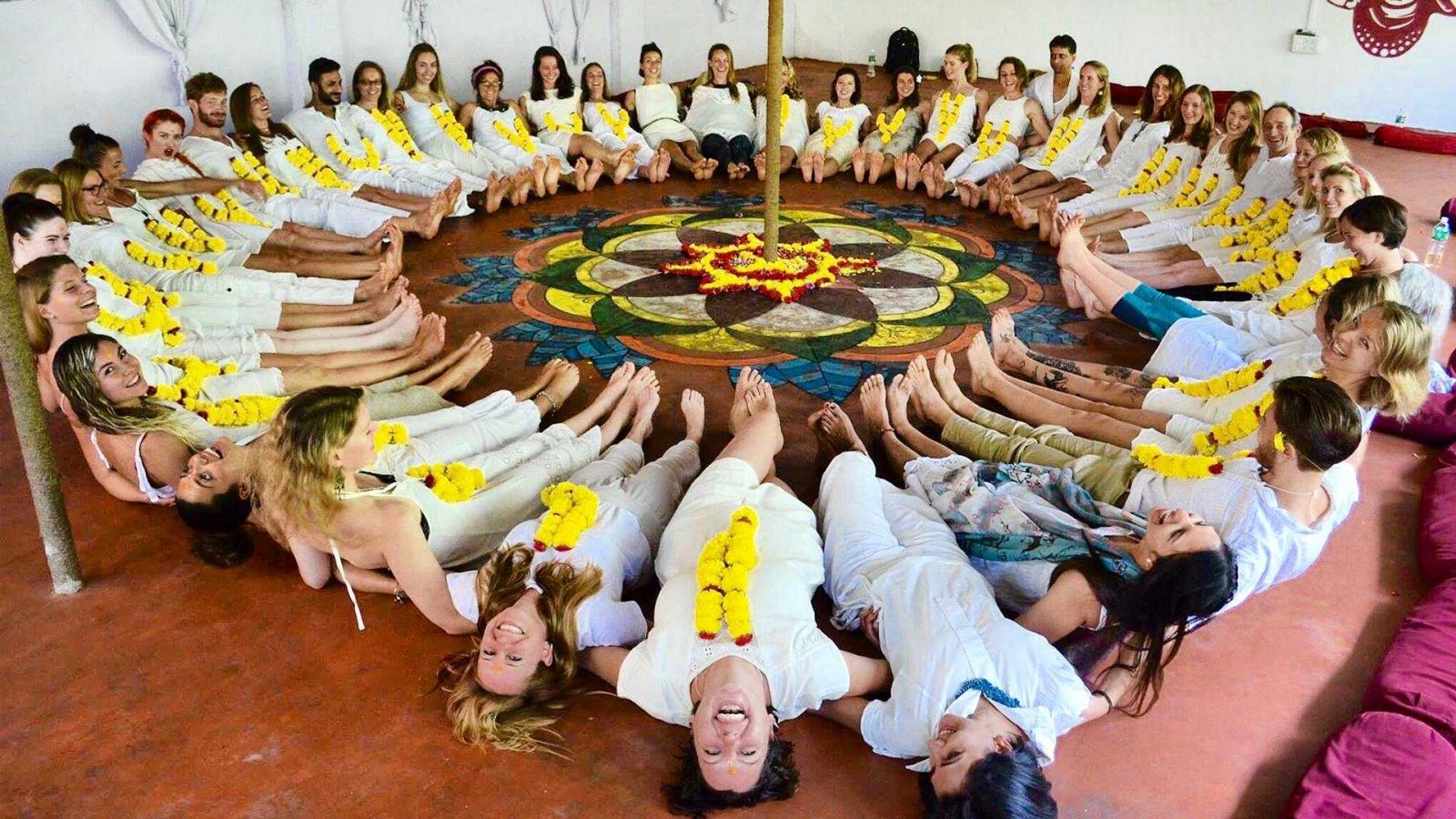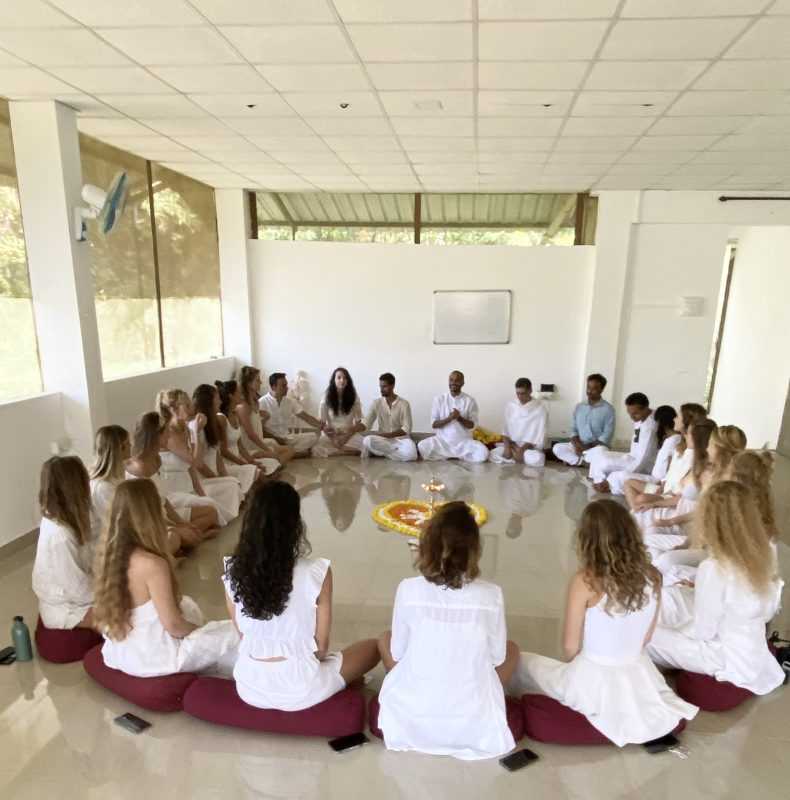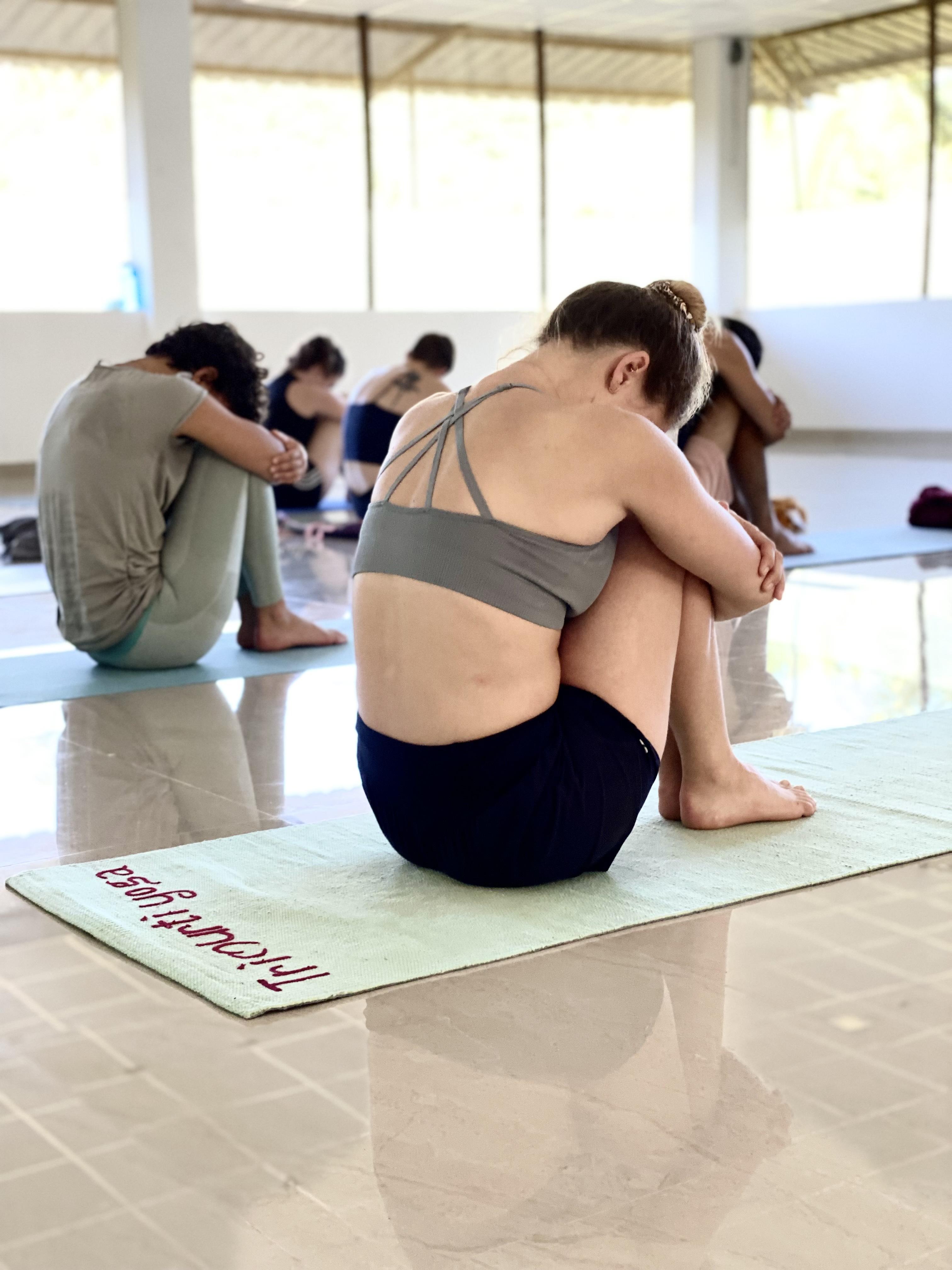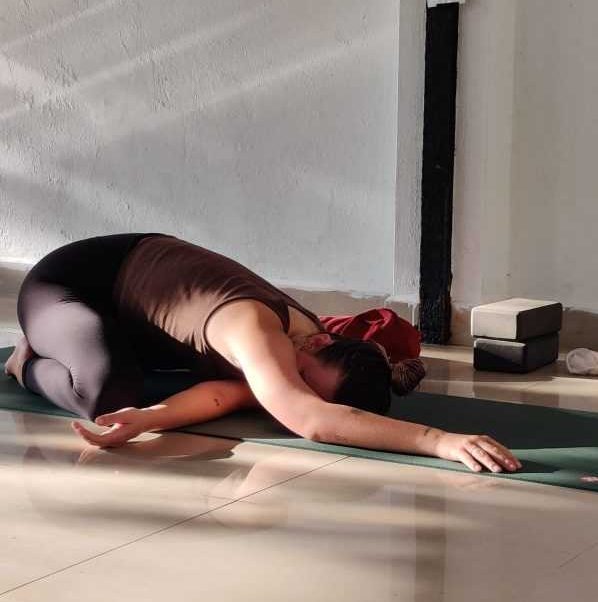You’ve completed your yoga teacher training and are now equipped with the knowledge and skills to guide others on their yoga journey.
As you embark on this new chapter in your life, it’s essential to have a clear plan of action to make the most of your training and establish yourself as a competent and successful yoga teacher.
In this article, we will explore various steps and strategies for what to do when you finish your yoga teacher training.
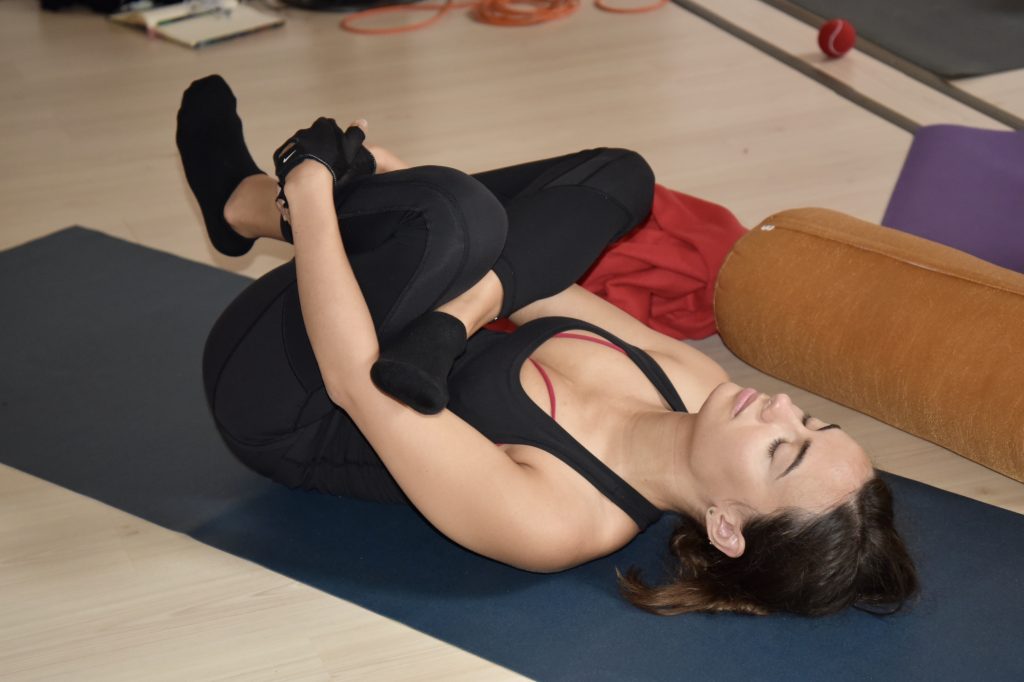
Creating a Solid Foundation
When you complete your yoga teacher training, it’s crucial to establish a solid foundation for your teaching career.
Start by setting clear goals and defining your teaching style. Reflect on your strengths and areas for improvement to develop your unique teaching approach.
Additionally, consider creating a teaching philosophy that aligns with your values and resonates with your target audience.
To further strengthen your foundation, deepen your personal yoga practice.
Dedicate time to your own practice to enhance your understanding of yoga postures, breathwork, and meditation techniques.
This commitment to personal growth will not only benefit you but also inspire and inform your teaching.
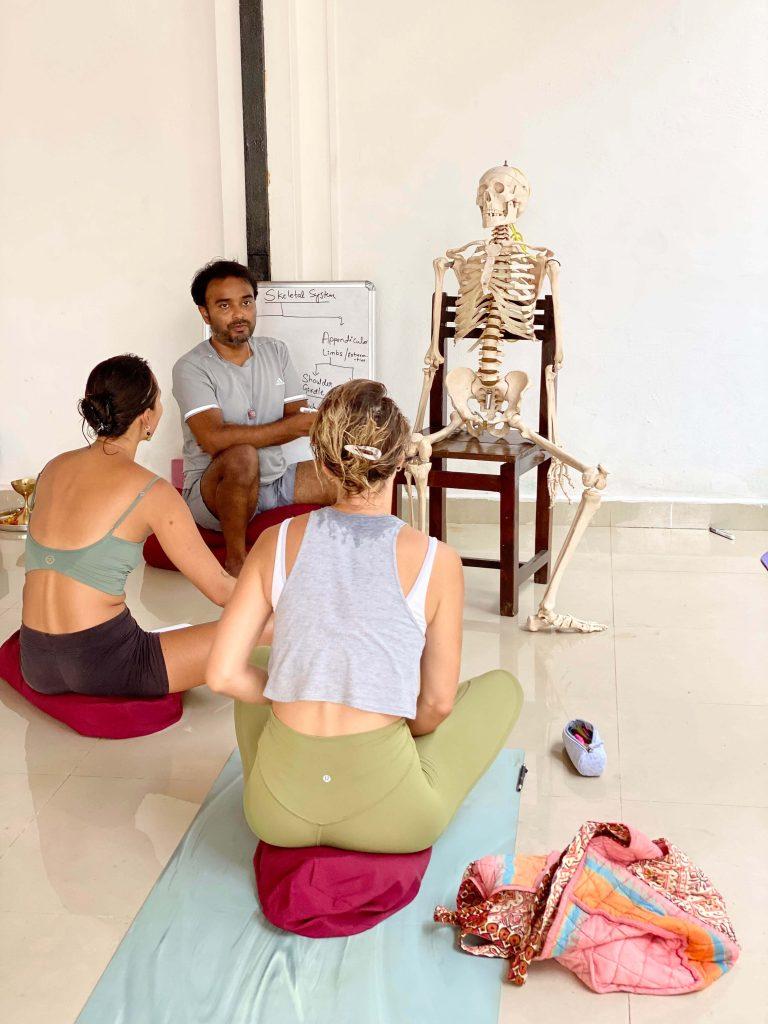
Finding Teaching Opportunities
Now that you’re a certified yoga teacher, it’s time to find teaching opportunities.
Start by exploring local yoga studios, fitness centers, community centers, and wellness retreats in your area. Reach out to these establishments and inquire about teaching vacancies or substitute positions.
Networking with other yoga teachers and attending yoga events can also help you discover potential teaching opportunities.
Consider offering free or donation-based classes in the beginning to gain experience and build a student following.
This can be an effective way to showcase your teaching style and connect with students who may later become regular attendees.

Building a Strong Online Presence
In today’s digital age, having a strong online presence is essential for yoga teacher training.
Create a professional website or blog to showcase your expertise, share valuable content, and attract potential students.
Optimize your website with relevant keywords, including “What to do when you finish your yoga teacher training,” to improve your search engine visibility.
Utilize social media platforms like Instagram, Facebook, and YouTube to share snippets of your classes, tips, and inspirational messages.
Engage with your followers, respond to comments, and build a supportive community online. Consider collaborating with other wellness influencers or participating in online yoga challenges to expand your reach.
Remember to maintain consistency across your online platforms by using a cohesive brand identity.
Use high-quality visuals, including professional photos and videos, to create a visually appealing and engaging online presence.
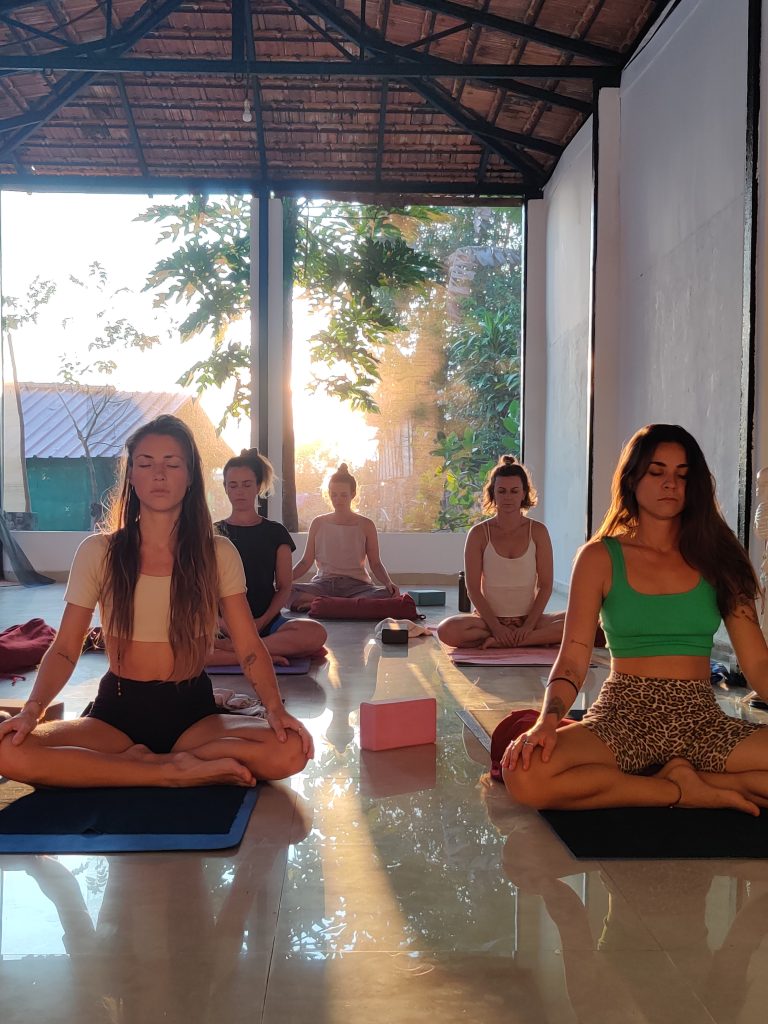
Continuing Education and Specialization
To stay ahead in the ever-evolving field of yoga, it’s essential to invest in continuing education and specialization.
Attend workshops, retreats, and advanced training programs to expand your knowledge and refine your teaching skills.
This ongoing learning will not only benefit your personal growth but also enhance the experience you offer to your students.
Consider specializing in a specific style of yoga or a niche area such as prenatal yoga, therapeutic yoga, or yoga for athletes.
By becoming an expert in a particular field, you can attract a dedicated community of students who resonate with your specialized knowledge and skills.

Networking and Collaboration
Networking and collaboration are powerful tools for growing your yoga teaching career.
Connect with other yoga teachers, wellness professionals, and studio owners in your area. Attend industry events, workshops, and conferences to build relationships and expand your network.
Collaborate with fellow teachers on workshops or retreats to offer unique experiences to your students.
Additionally, consider volunteering your teaching services for community events or charitable organizations.
This not only allows you to give back but also exposes you to new opportunities and potential students.

Financial Considerations of Yoga Teacher Training
As you establish yourself as a yoga teacher, it’s important to consider the financial aspects of your career. Determine your pricing structure for group classes, private sessions, and workshops.
Research the market rates in your area to ensure that your pricing is competitive yet reflective of your experience and expertise.
Create a budget to track your income and expenses. Set aside funds for continuing education, marketing efforts, and maintaining your teaching materials. Consider investing in liability insurance to protect yourself in case of any unforeseen circumstances.
Self-Care and Personal Practice
Amidst the excitement of starting your yoga teaching career, it’s crucial to prioritize self-care and maintain a consistent personal practice. As a teacher, you must be physically, mentally, and emotionally well to support your students effectively.
Take time for self-reflection, meditation, and self-care practices that rejuvenate and energize you. Attend yoga classes taught by other teachers to continue learning and gaining inspiration. By nourishing yourself, you’ll be better equipped to guide others on their yoga journey.
FAQs
Q1: How long does it take to become a certified yoga teacher?
A1: The duration of yoga teacher training programs can vary. The standard program length is around 200 hours, which can be completed in a span of a few weeks to several months, depending on the intensity and schedule of the program.
Q2: How can I find yoga teaching opportunities in my area?
A2: To find teaching opportunities in your area, reach out to local yoga studios, fitness centers, community centers, and wellness retreats. Attend yoga events and network with other teachers to discover potential openings. Offering free or donation-based classes initially can also help you gain experience and build a student base.
Q3: Should I specialize in a specific style of yoga?
A3: Specializing in a specific style of yoga can be beneficial for your teaching career. It allows you to develop expertise in that particular style, attract students who resonate with that style, and differentiate yourself in a competitive market. However, it’s not necessary to specialize right away. Take time to explore different styles and teaching methods to find what resonates with you and aligns with your goals as a teacher.
Q4: How can I improve my teaching skills?
A4: Improving your teaching skills is an ongoing process. Attend workshops, advanced training programs, and continuing education courses to deepen your knowledge and refine your teaching techniques. Seek feedback from students and fellow teachers to identify areas for improvement. Regularly reflect on your teaching experiences and adapt your approach as needed. Embrace a growth mindset and remain open to learning and evolving as a teacher.
Q5: How do I Build a Strong Online Presence as a Yoga Teacher Training?
A5: Building a strong online presence as a yoga teacher training involves creating a professional website or blog, utilizing social media platforms, and consistently sharing valuable content. Optimize your online platforms with relevant keywords to improve search engine visibility. Engage with your audience, respond to comments, and foster a sense of community. Collaborate with other wellness influencers and participate in online challenges to expand your reach. Maintain a consistent brand identity and use high-quality visuals to create a visually appealing online presence.
Q6: How much should I charge for my yoga classes?
A6: Determining the right pricing for your yoga classes depends on various factors such as your level of experience, the local market rates, and the demographics of your target audience. Research the prices of other yoga teachers in your area to get a sense of the market rates. Consider your expertise, the quality of your instruction, and the value you provide to your students when setting your prices. It’s important to strike a balance between affordability for your students and fair compensation for your time and expertise.
Finishing your yoga teacher training is an exciting milestone that opens doors to a rewarding career.
By creating a solid foundation, seeking teaching opportunities, building an online presence, investing in continuing education, networking, considering financial aspects, and prioritizing self-care.
you can embark on a successful journey as a yoga teacher. Remember to stay committed to your personal practice, embrace growth and learning, and be open to the possibilities that await you in the world of yoga teaching.


